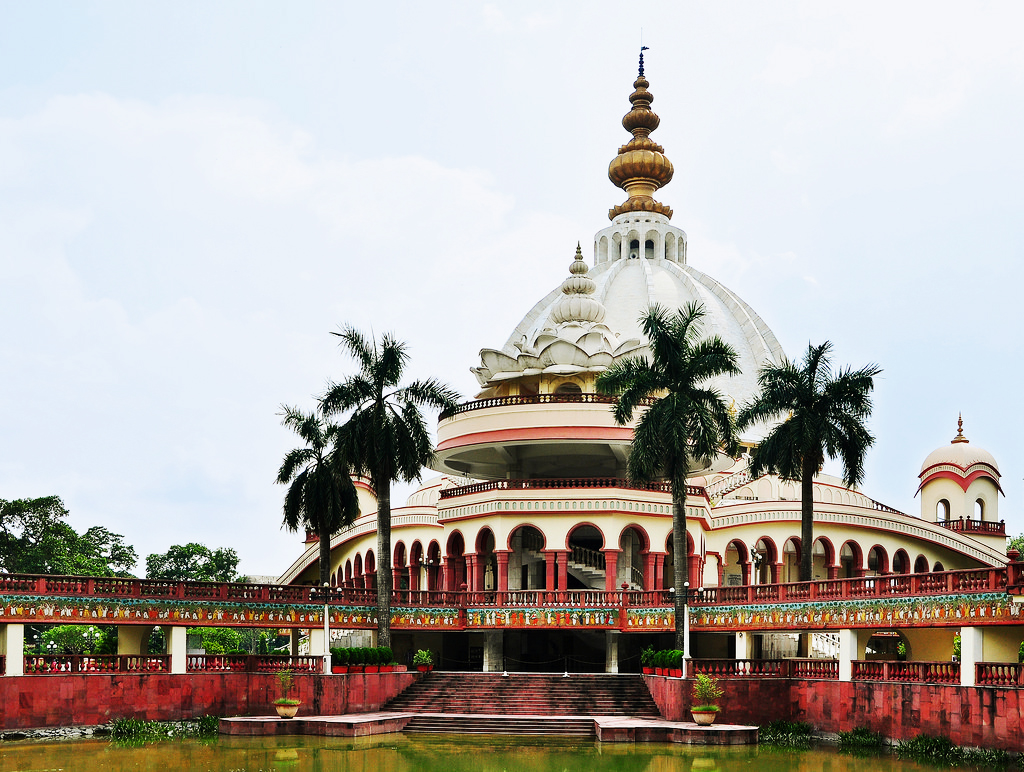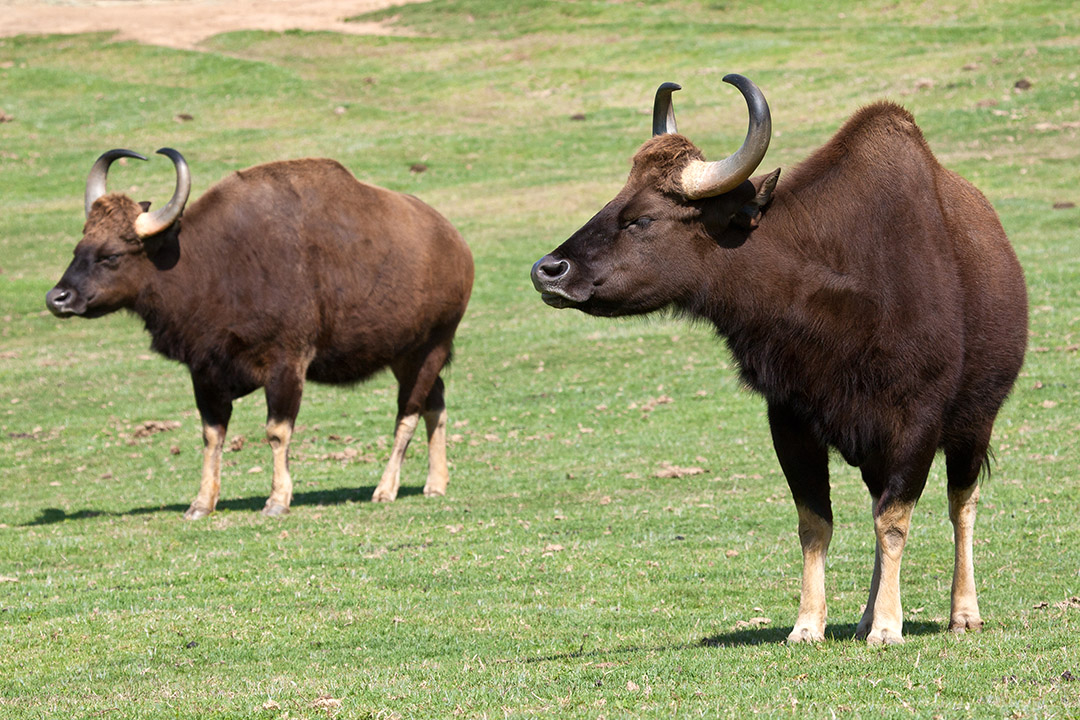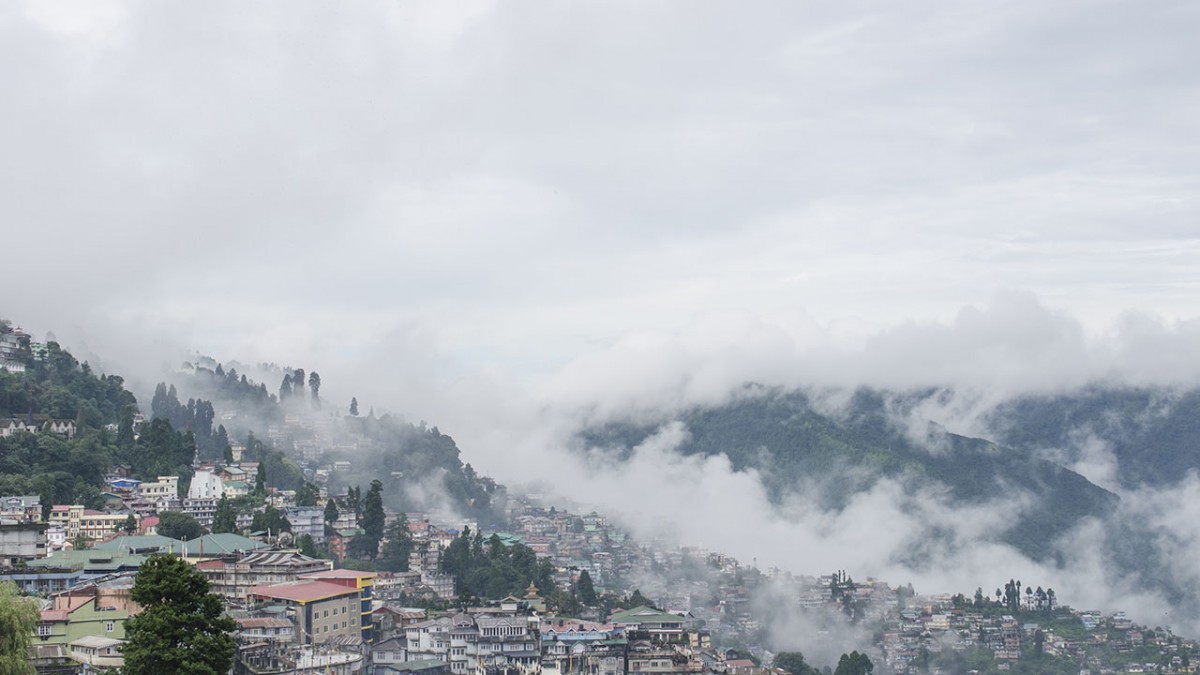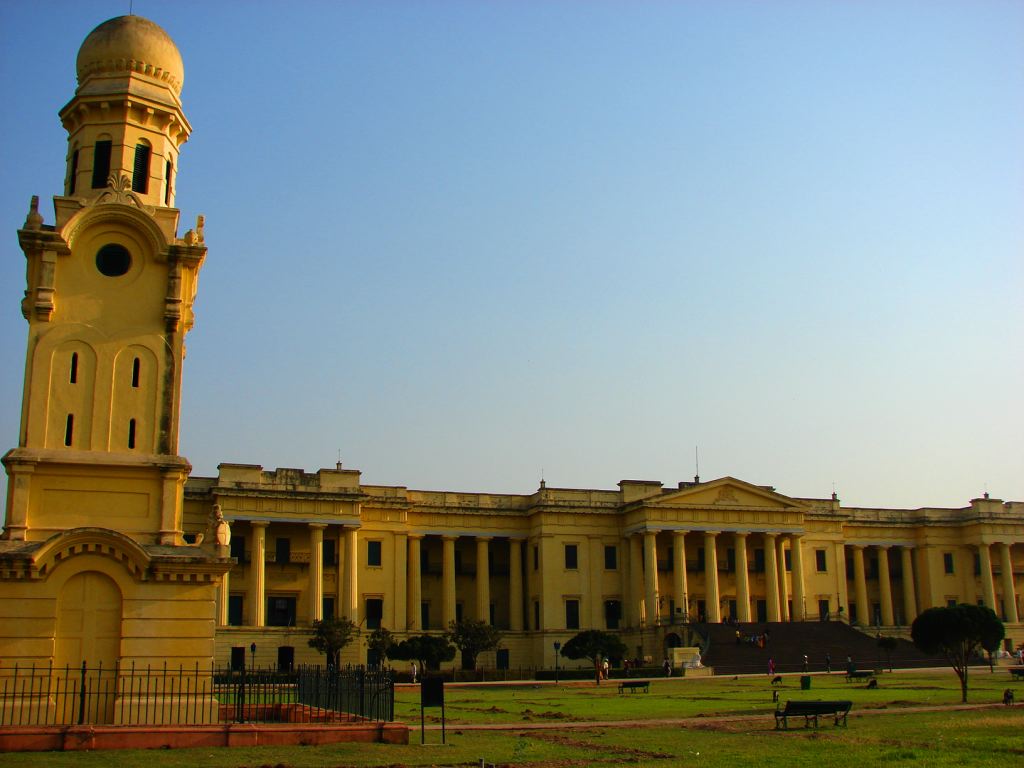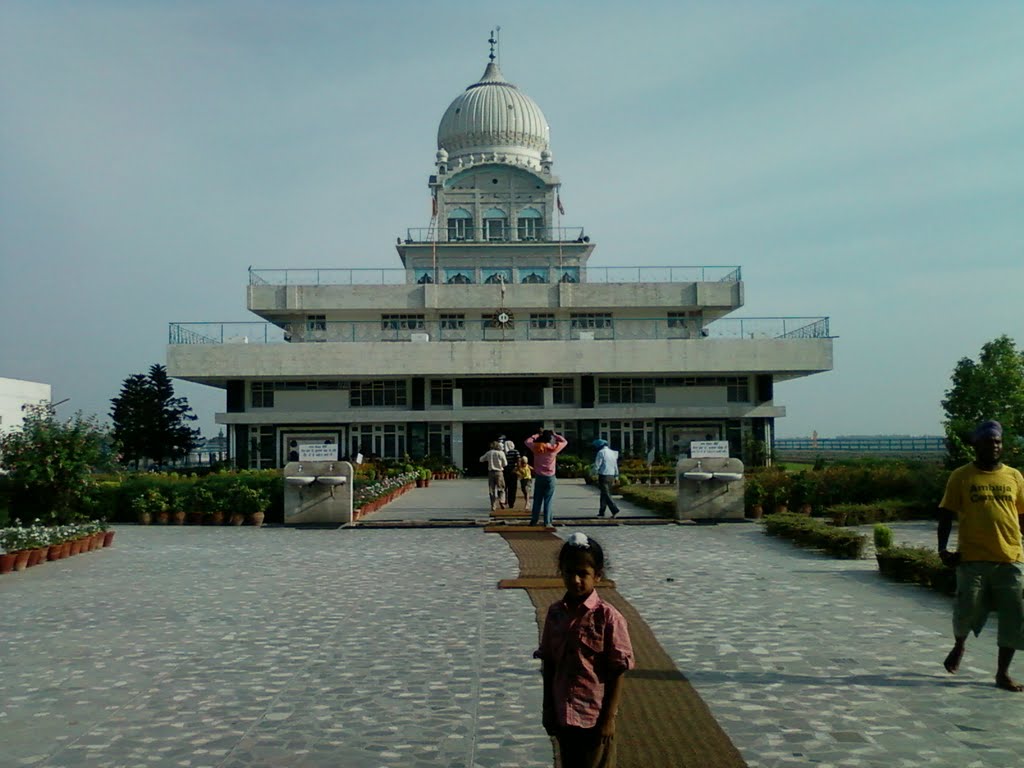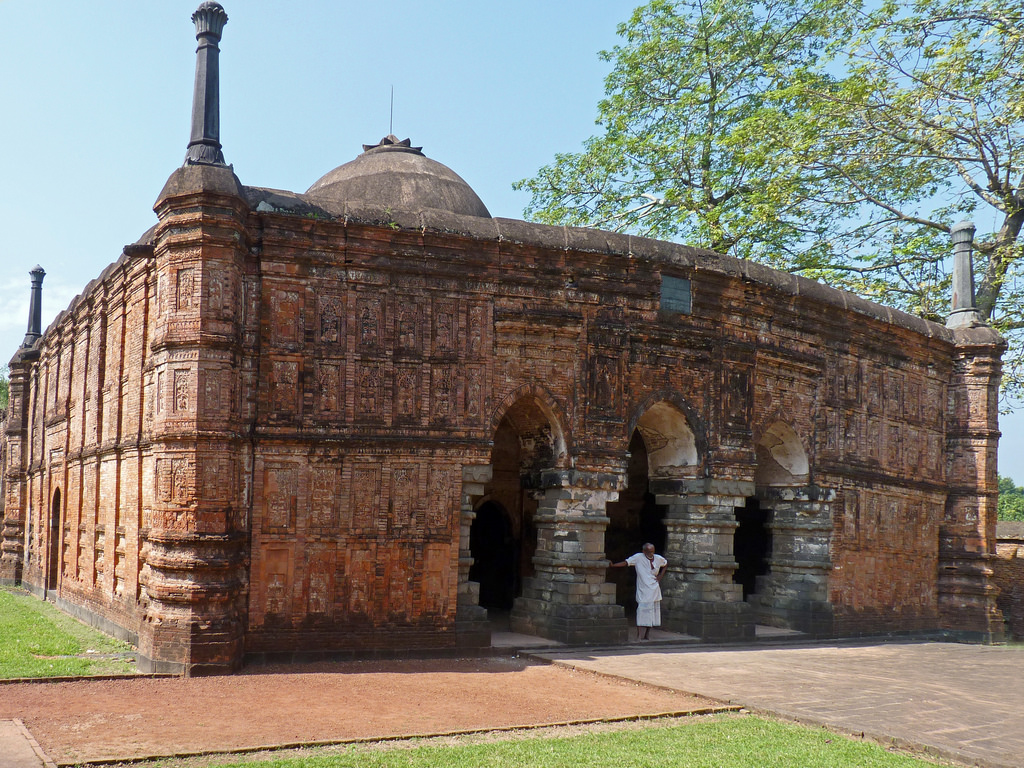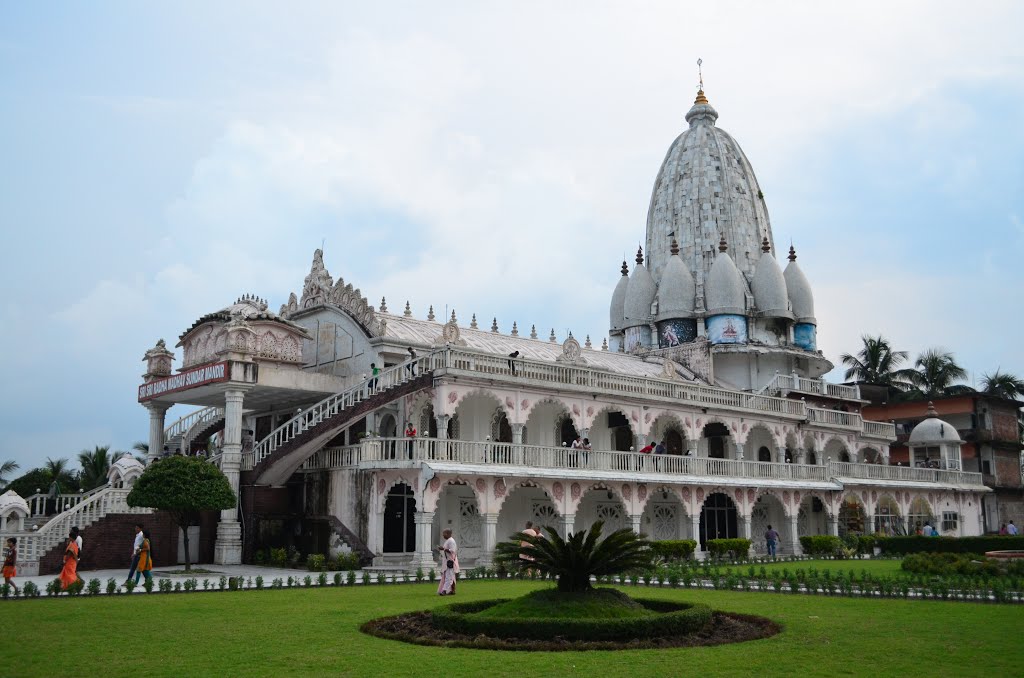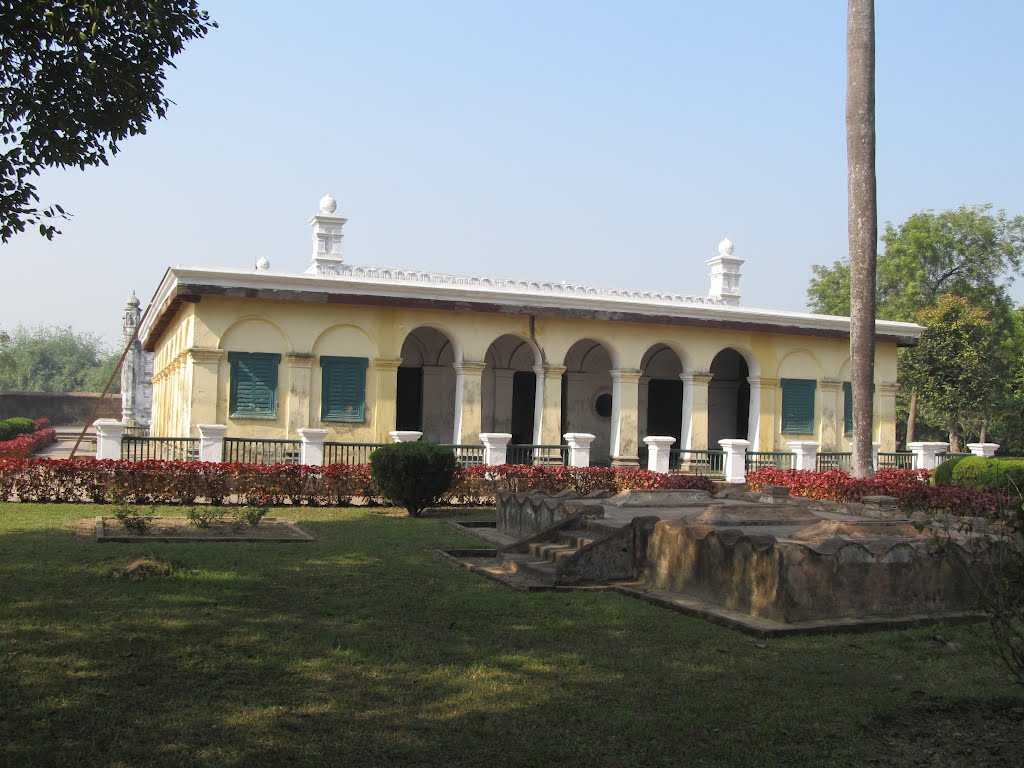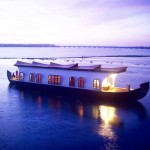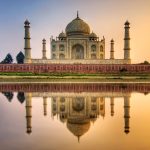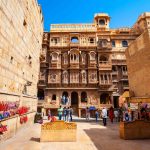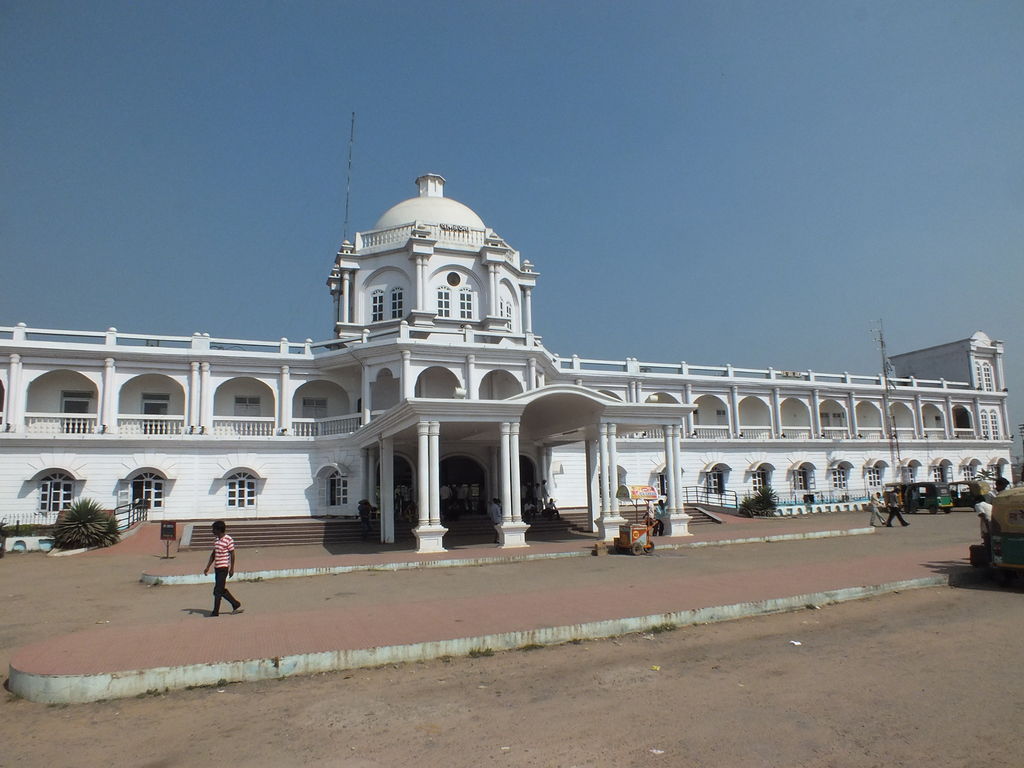
Agartala Tourism and Travel Guide
Agartala Press Club: A Saga Of Success Celebration of an institutional jubilee inevitably sparks nostalgic effusion with participants digging up past anecdotesAgaratala to reorder history. Invariably an embattled arena, marked by conflicting interpretations depending on ideological propensities, history is, however, based on a consensual core. Firmly anchored on this core, the history of Agartala Press Club-Tripura’s premier socio-cultural institution by its current silver jubilee year-is an authentic saga of success and advancement.
It was on the fateful day of January 30, 1983 that erstwhile Chief Minister Mr Nripen Chakraborty had inaugurated the newly built Press Club building in the heart of Agartala, giving concrete shape to a long-cherished dream of the press community here. But the three eventful decades that preceded the momentous inauguration had also been witness to the
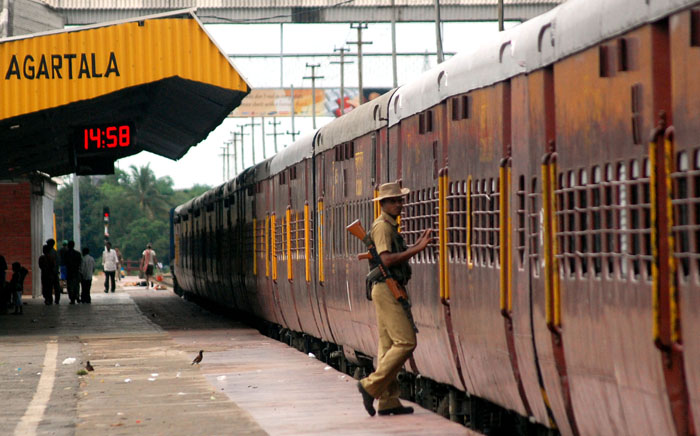
slow but steady growth of the media here. After nearly five hundred years of princely rule, Tripura had merged with the Indian Union on October 15, 1949, ushering in the era of democratic rule and responsible government. Notwithstanding the challenges that confronted the new rulers in the initial years of popular rule, democratic institutions continued to grow-and so did the media as the fourth pillar of democracy.
In 1952 Tripura’s first daily newspaper ‘Jagaran’ made its appearance, evoking enthusiastic response from the readers of all hues. This was followed by the publication of a number of small-size dailies and weeklies that struggled to survive chiefly by government bounties in the form of advertisements. In the absence of industry and, more specifically, the manufacturing sector, commercial or private advertisements-easily the richest source of media revenue- remained elusive. Nevertheless, the appearance in 1966 of ‘Dainik Sambad’, renamed from its earlier incarnation as ‘Dainik Gana Abhiyan’, gave a fresh impetus to the growth and development of print media in Tripura. Even as ‘Dainik Sambad’ continued to influence and shape Tripura’s public discourse, other leading papers such as Agaratala’Daily Desher katha’, ‘Syandan Patrika’, ‘Tripura Darpan’, ‘Tripura Times’ and a host of others hit the trail, offering the wide spectrum of readers a multiple choice.
From the late eighties the newspapers grew fast, upgrading technology and catering to the diverse needs and tastes of readers in response to the changing time and trend. The technology-driven growth continues even today with as many as 22 dailies-all of them offset printed-and 31 weeklies-11 of them. printed in offset-being. published from Agartala.
But before the boom set in, a grey area had rankled the hearts of the doyens of Tripura’s media world: there was no press club; nor any institution to represent the press community. In the late sixties the doyens of the media had initiated a move to set up a press club at Agartala. This required allotment of a suitable plot of government land on lease and assistance in the construction of building. It was in the year 1983 that the painstaking endeavour of the leading lights of media here met with success as the then Chief Minister Nripen Chakraborty responded positively to the demands of the media by arranging the construction of present press club building on allotted government land . A preparatory committee comprising leading personalities of state’s media drafted the constitution of the press club which was registered with the Co-operative department as a Society by the end of 1983. In the year 1984 the press club building was handed over to the first elected managing committee on ninety nine year lease .Among many an achievement of Agartala Press Club high on the list is the launching of Journalist Welfare Fund in 1990.During the past eight years the Fund, Jointly managed by representatives of the Club and State Government, has grown by leaps and bounds with liberal grants from the State Government. A number of Journalists have benefited from the journalist Welfare Fund during periods of crisis.
During the past twenty five years of vibrant existence Agartala Press Club has emerged as a hallowed hub ofAgaratala socio-cultural programmes and interactions in the state, playing regular host to VIPs and dignitaries from within the state and without it, intervening at need to protect and safeguard the common interests of the media and organising cultural programmes, seminars and debates with participation of stalwarts from different strata of society and the intellectual arena.
During the past quarter century of eventful existence the state government has showered bounties on Agartala Press Club by funding renovation and repairing programmers on a numner of occasions. Needless to say, but for liberal government assistance Agartala Press Club would have found it extremely difficult to survive the ravages of time. In a magnanimous pro-media gesture Chief Minister Mr Manik Sarkar has taken personal initiative to have the Clun building reconstructed by sanctioning Rs 1.46 crore and allotting additional government land. This magnanimous gesture on the part of Mr Sarkar is, indeed, unprecedented in the whole country and will go a long way in helping the Agartala Press Club play a more meaningful role in Tripura’s life and society.
How to Reach Agartala?
By Air: Agartala, the capital of Tripura, has an airport if its own. The domestic airport is connected to other airports like Kolkata, Guwahati. Several private and public airlines
operate regular flights to and from Agartala. Since Tripura is located close to the neighboring country of Bangladesh, it is easy to reach Agartala from Dhaka (link to Bangladesh page).
By Road: A good network of roads connect covers Agartala. The city is located at close distances from the notable cities in the northeastern India, like: Guwahati (599kms), Aizawl (374kms), Shillong (487kms), Silchar (317kms) and so on.
By Rail: The nearest rail station from Agartala is Kumarghat (140kms). It is linked to Guwahati, which serves as almost the gateway to the northeastern India and is connected to many important cities in India. Several trains like: B.G. Express, Cachar Express and Barak Valley Express service this station.

